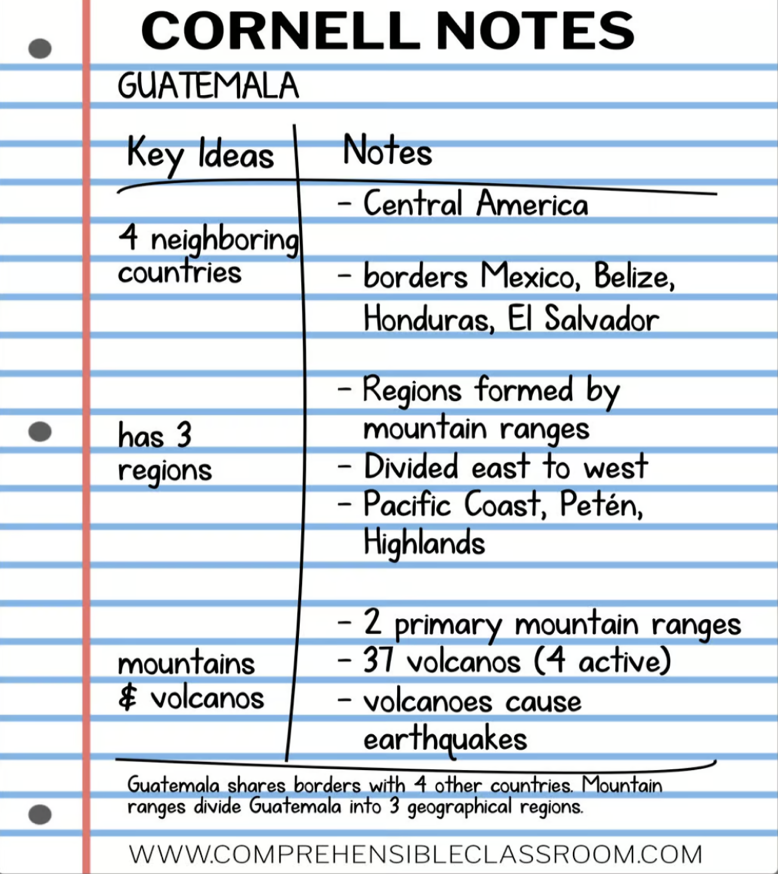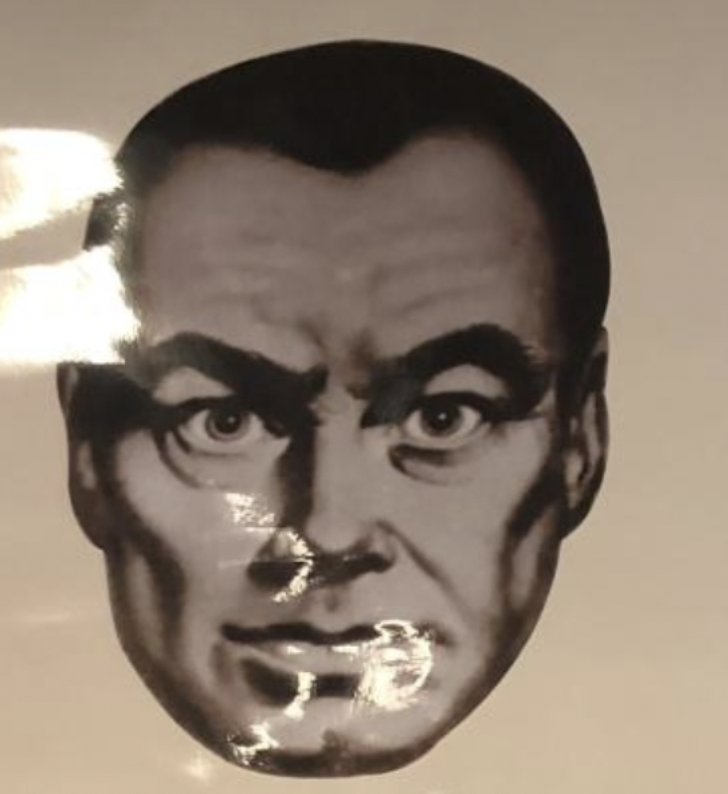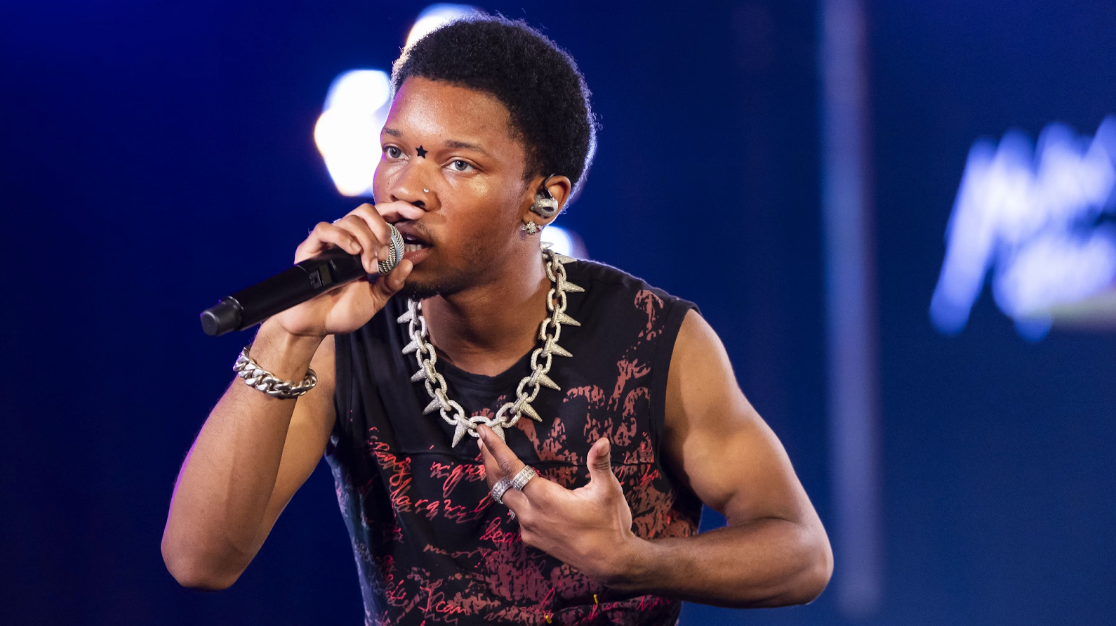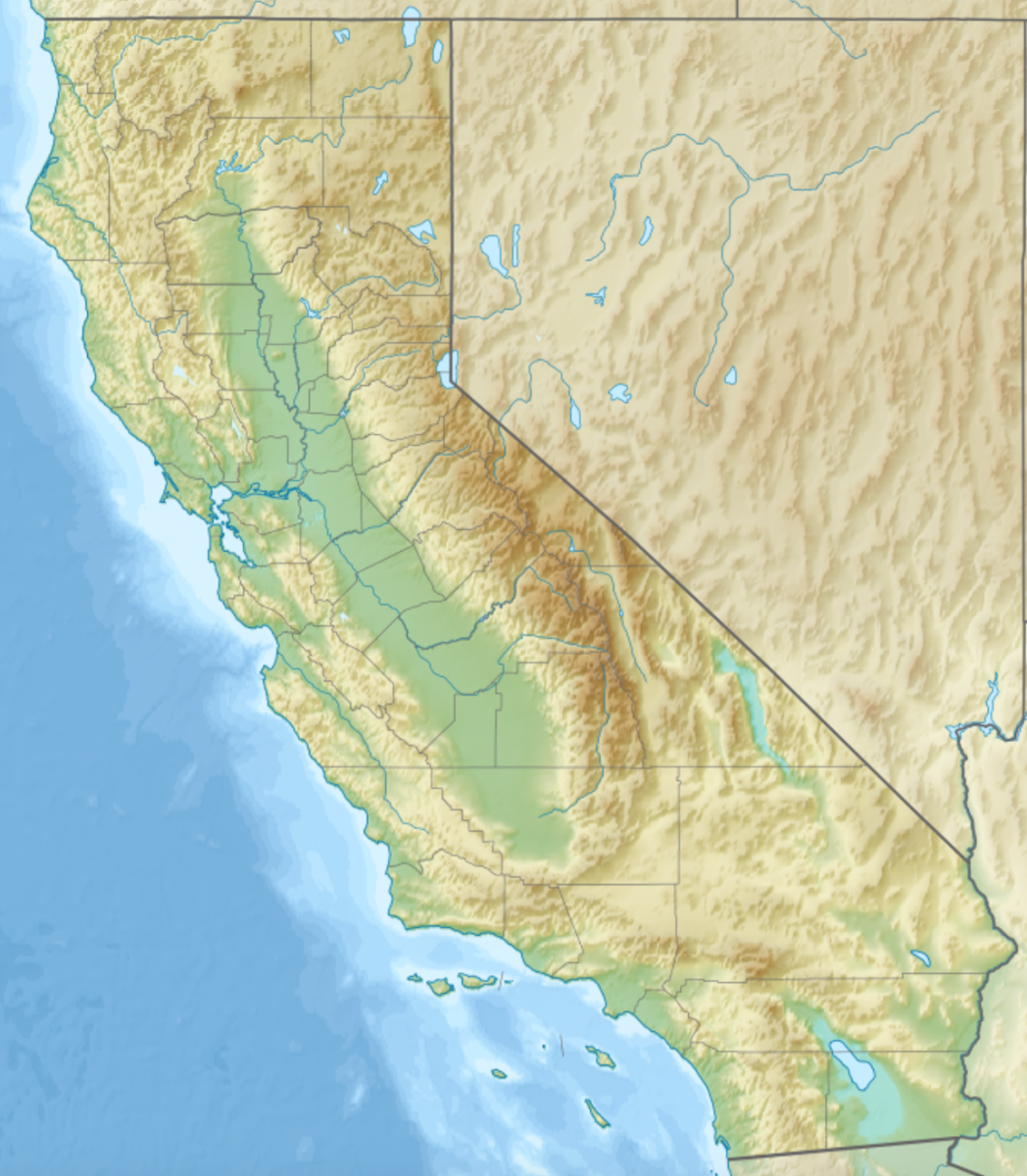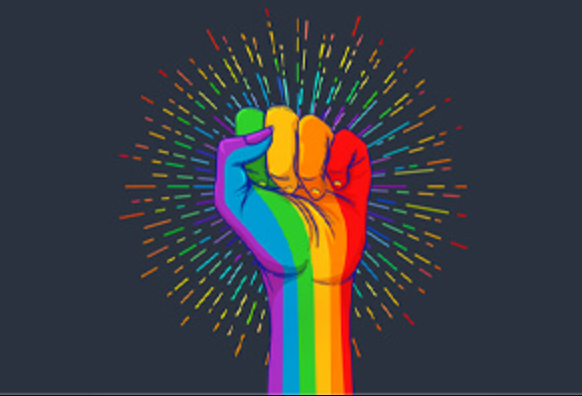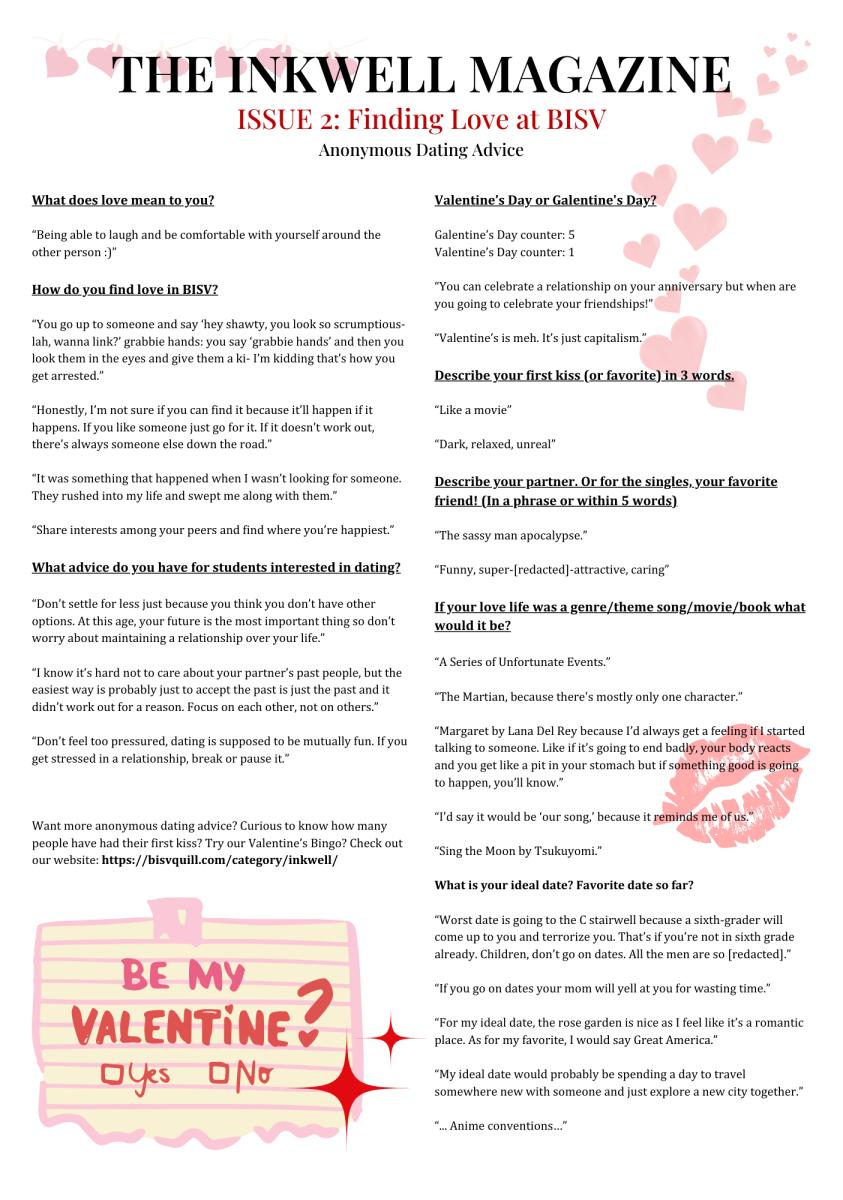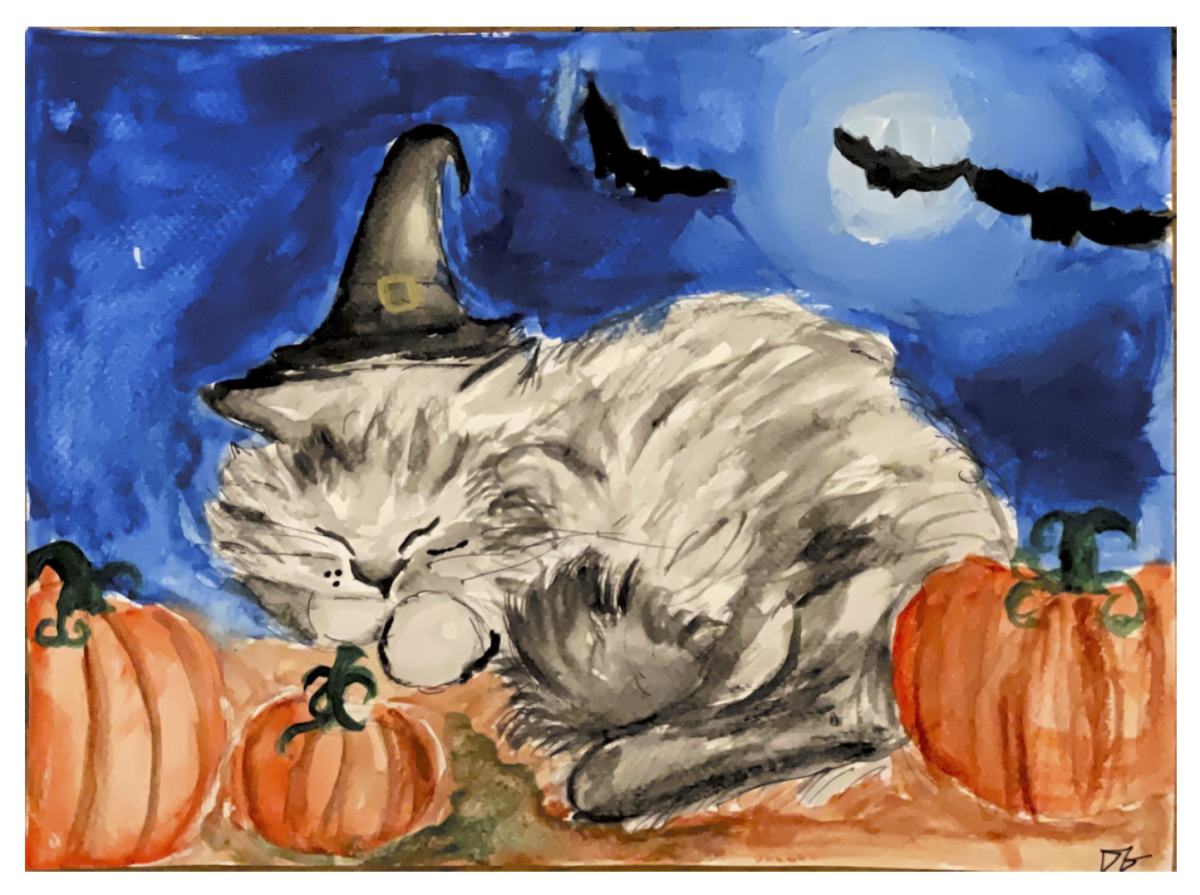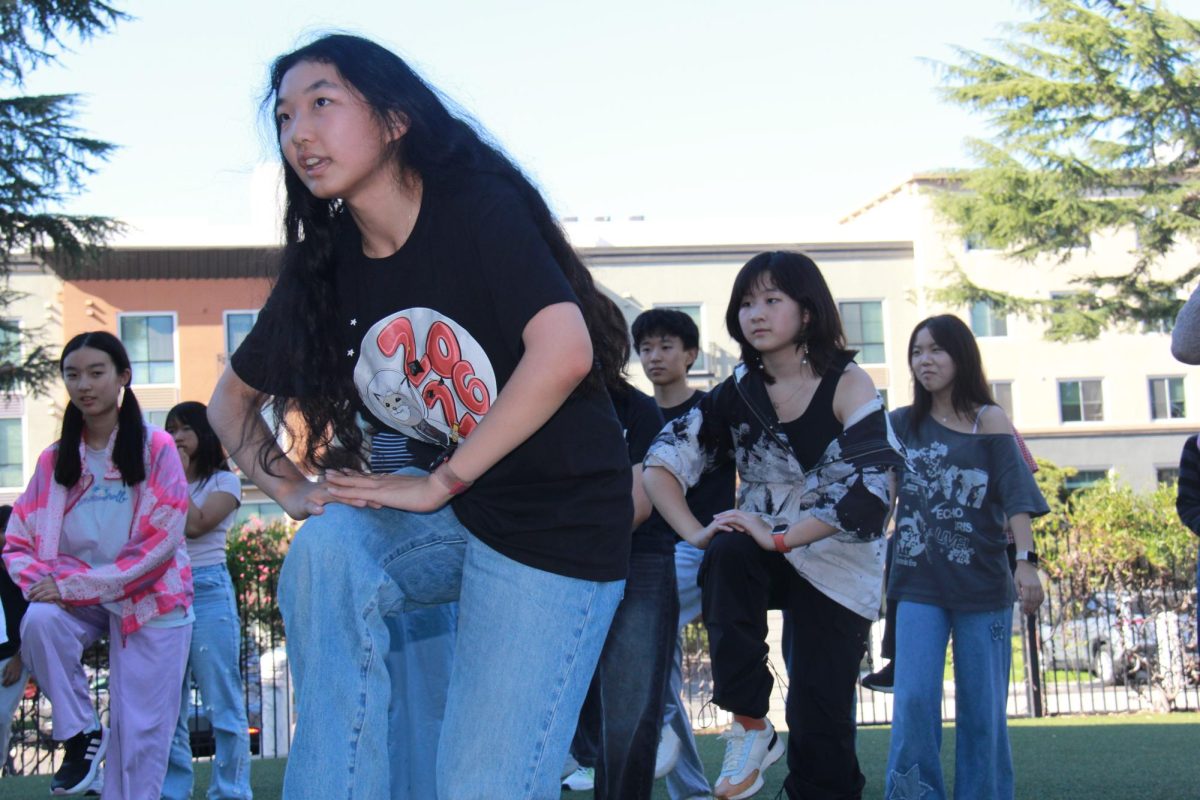From bird spies to soda flavors predicting the future, conspiracy theories have always been fascinating because they build on mystery and speculation. A conspiracy theory is the belief that certain events or occurrences are caused by the actions of hidden groups or organizations. These theories usually emerge in response to unsettling events, such as tragedies or widespread anxiety, when people must search for explanations and attempt to make sense of the chaos. Instead of accepting simple, clear-cut answers, conspiracy theories supply sensational stories or descriptions that leave people searching for hidden meanings. To gain a better understanding of some commonly believed theories, we’ve asked some of our BISV teachers to extend some of their knowledge and opinions:
Mr. Schindler mentioned that he sometimes notices how construction cones are left on streets with no real work being done. He speculates, “the government might just be leaving equipment out because they don’t have storage space.” His students also bring up conspiracy theories in his astronomy class, like the flat Earth theory or the old geocentric model that placed Earth at the center of the universe, even when science has long since disproven them.
Ms. Canevaro thinks the popular satirical theory that “birds aren’t real” is compelling. This conspiracy suggests that birds are actually government surveillance drones. She presumes that, “The way birds follow people around makes them seem suspicious and it is easy for the government to use them as spying machines.” She also notes that conspiracy theories creep into her classes, that “everything, even decades-old videos, were somehow generated by AI”.
Meanwhile, Ms. Deh shared her thoughts on a music-related theory: the hoax that Canadian singer Avril Lavigne was replaced by a body double named Melissa after her supposed death in the 2000s. This conspiracy gained online attraction, with many Reddit users pointing out supposed differences in her appearance and style over the years. Ms. Deh also brought up how students sometimes talk about how social media platforms like TikTok themselves sometimes feel like conspiracies, as if they were designed to invade students’ brains and control their thoughts.
Conspiracy theories have become increasingly popular since the introduction of social media. Platforms like TikTok and Instagram keep these ideas alive, spreading them to various users and influencers. The format of the videos also plays a large role in the way they grow. TikTok videos are short and fast-paced, with the position of the camera playing a big role in making them easy to understand and oddly personal. Many creators also add “aesthetic” visuals that make them seem approachable and trustworthy. Hashtags may also get flooded with conspiratorial claims, making misinformation harder to contain.
Why do people believe in conspiracy theories in the first place? Psychologists argue it comes down to basic human cognition. When faced with disorder or randomness, our brains want order and patterns. Conspiracy theories often provide simple explanations for complex problems, making individuals feel in control when they otherwise feel powerless. Believing in a conspiracy can also validate someone’s worldview and allow them to feel a sense of belonging to a group. Many purposely search for evidence that supports their beliefs, helping them dismiss evidence that contradicts them, a process known as confirmation bias. On top of this, distrust in institutions can make conspiracy theories even more appealing, since they align with suspicions that leaders or authorities are corrupt. In short, conspiracy theories fill emotional and psychological needs as much as they claim to explain events.
Conspiracy theories, from satirical ones to serious, are often a widespread part of modern culture. As seen from the perspectives of teachers, these theories aren’t just random beliefs but are also topics of discussion in daily lives. This, reflecting a deeper human need to find order, meaning, and connection in a world that can feel chaotic. Whether it’s a student questioning the shape of the Earth or a teacher jokingly speculating about construction cones, the appeal of conspiracy theories lies in their ability to provide simple answers and a sense of belonging in a complex, uncertain world.
Sources:
Avril Lavigne replacement conspiracy theory – Wikipedia, https://en.wikipedia.org/wiki/Avril_Lavigne_replacement_conspiracy_theory. Accessed 17 September 2025.
“The Avril Lavigne replacement conspiracy theory is a conspiracy theory and urban legend stating that Canadian pop punk musician Avril Lavigne died in 2003, shortly after the release of her debut album Let Go, and was replaced by a body double named …” Reddit, 30 July 2021, https://www.reddit.com/r/wikipedia/comments/oucuql/the_avril_lavigne_replacement_conspiracy_theory/. Accessed 17 September 2025.
Douglas, Karen M., and k. douglas. The Psychology of Conspiracy Theories – PMC, https://pmc.ncbi.nlm.nih.gov/articles/PMC5724570/. Accessed 17 September 2025.
Reid, Scott A., and John Palfrey. “Conspiracy theory | Definition, Examples, & Facts.” Britannica, 9 September 2025, https://www.britannica.com/topic/conspiracy-theory. Accessed 17 September 2025.
“Why some people are willing to believe conspiracy theories.” American Psychological Association, 26 June 2023, https://www.apa.org/news/press/releases/2023/06/why-people-believe-conspiracy-theories. Accessed 17 September 2025.
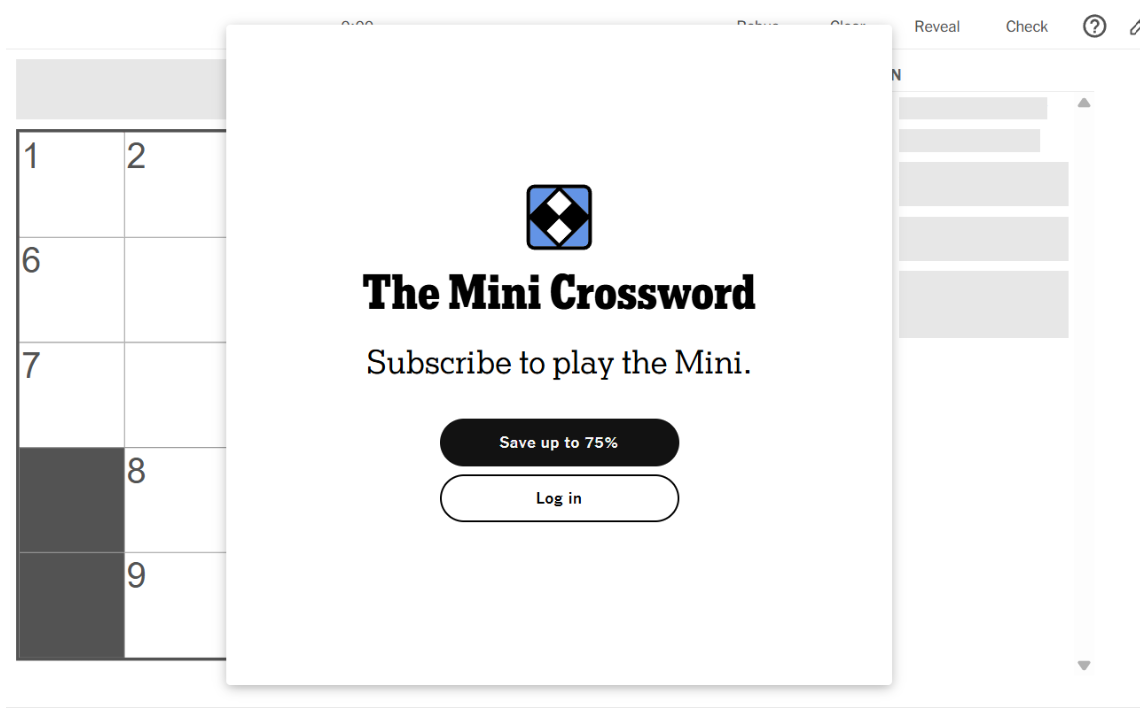




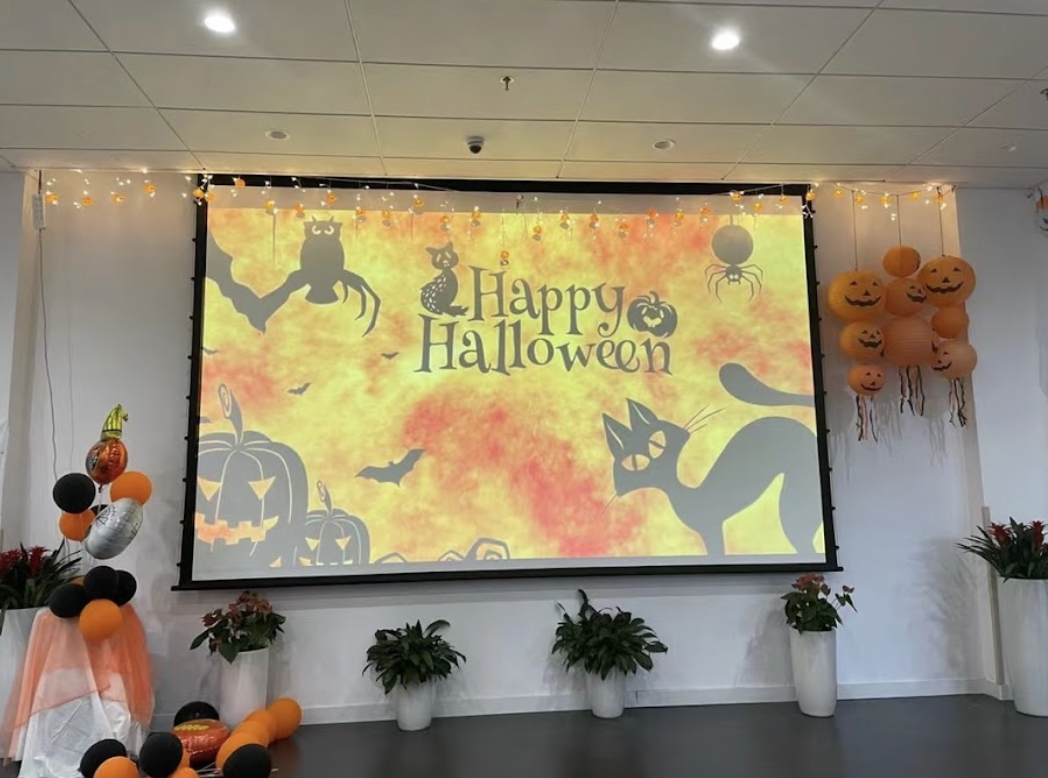








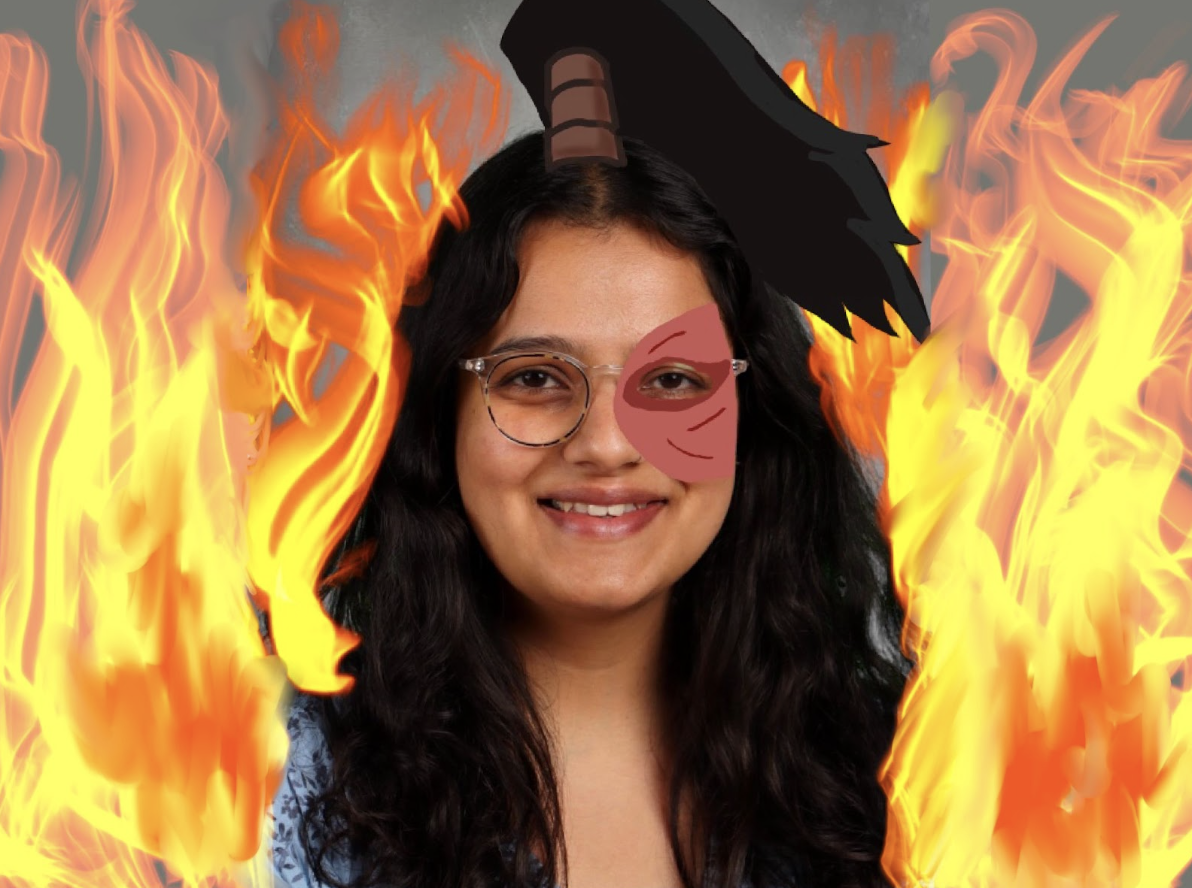
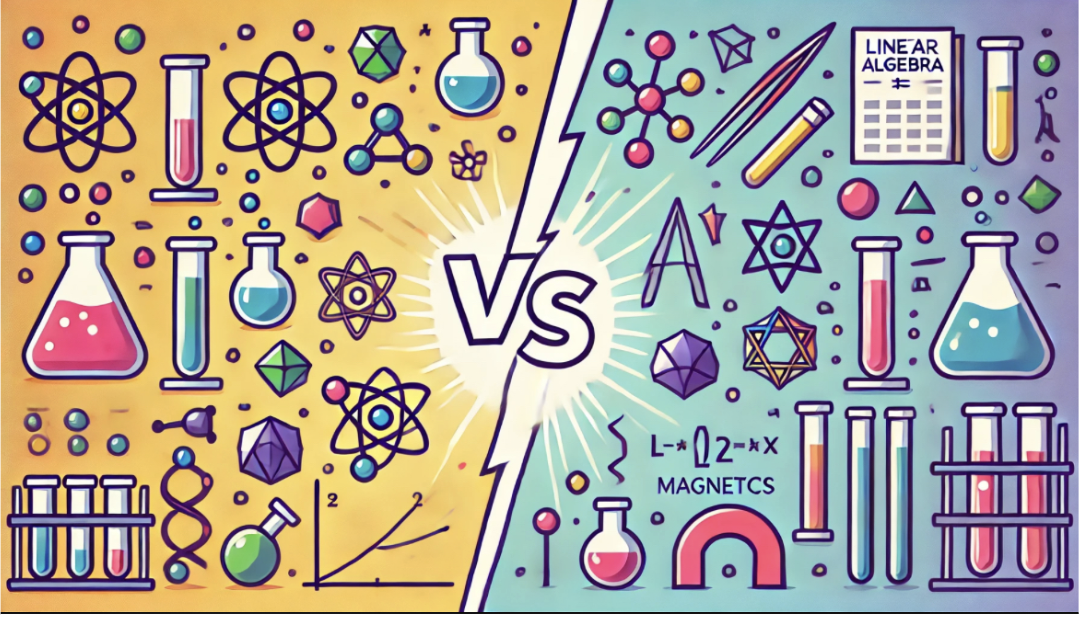

![Teacher [Milk] Tea: Part 2](https://bisvquill.com/wp-content/uploads/2024/03/Screen-Shot-2024-03-19-at-9.28.48-PM.png)
